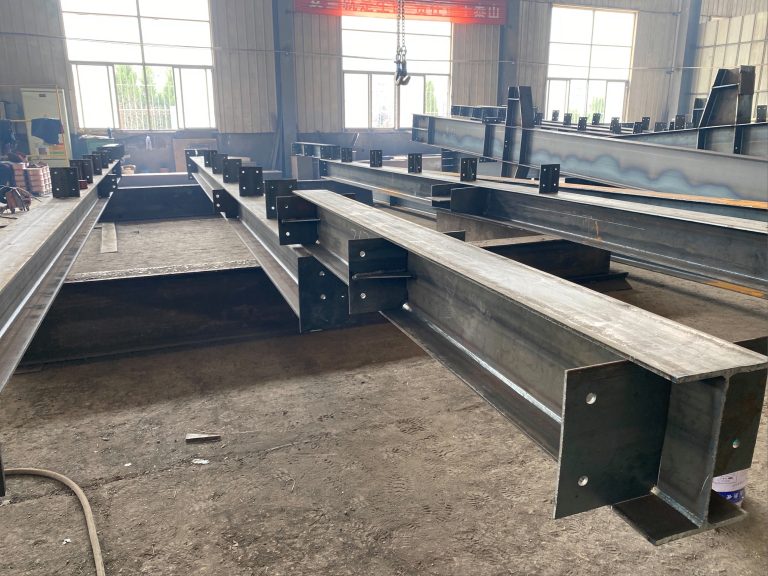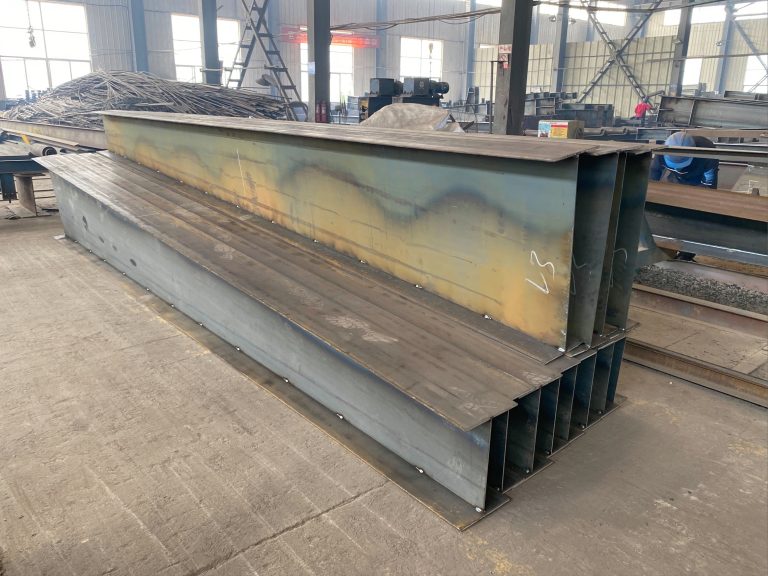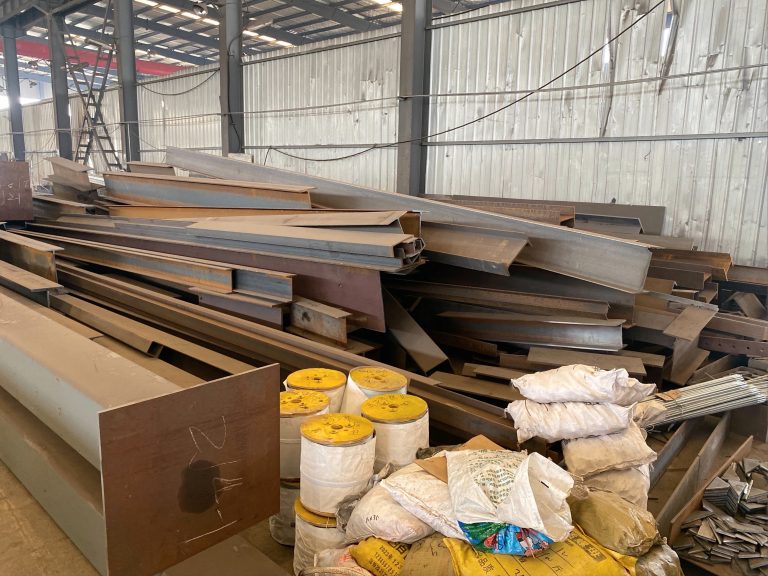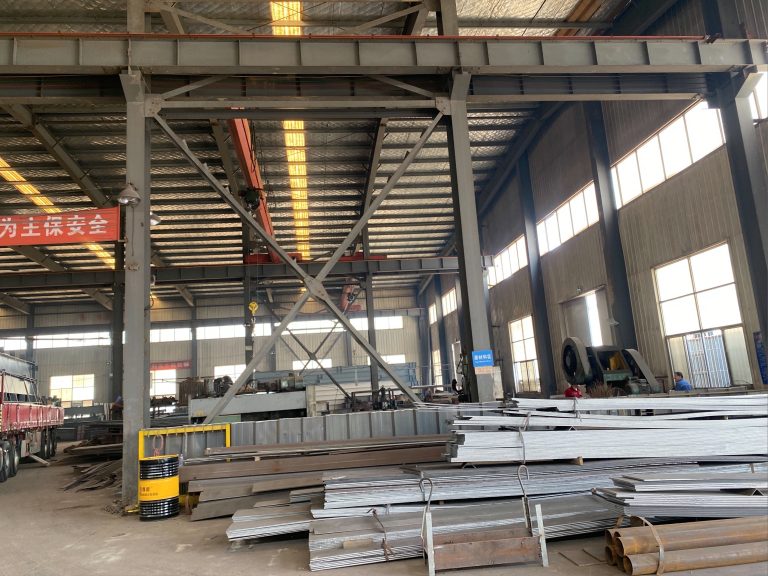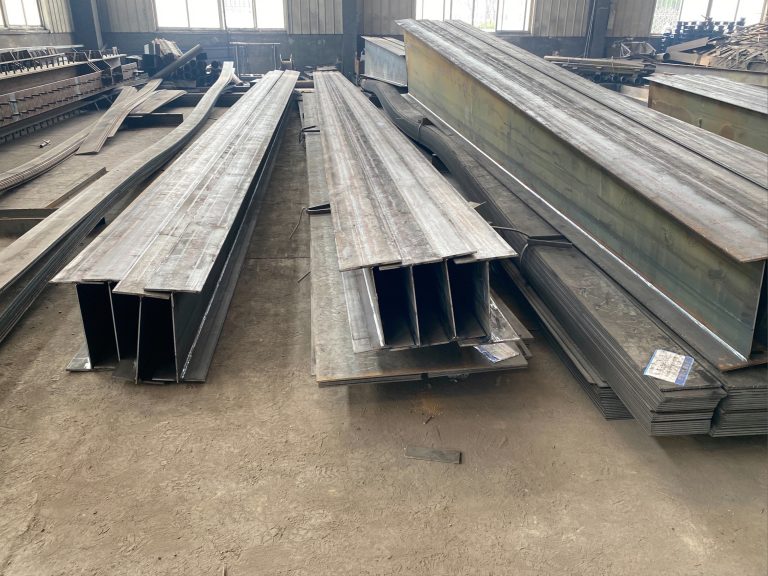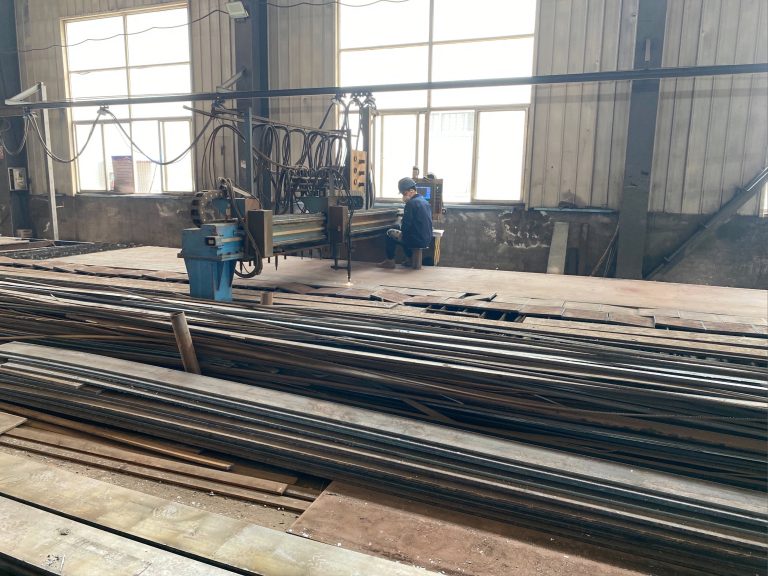Cost and benefit evaluation and economic analysis of sand blasting technology used in steel frame production
Cost and Benefit Evaluation of Sand Blasting Technology in Steel Frame Production
Sand blasting technology has become an integral part of the steel frame production process, offering numerous benefits in terms of efficiency and quality. However, like any other technology, it comes with its own costs and requires a thorough evaluation to determine its economic feasibility.
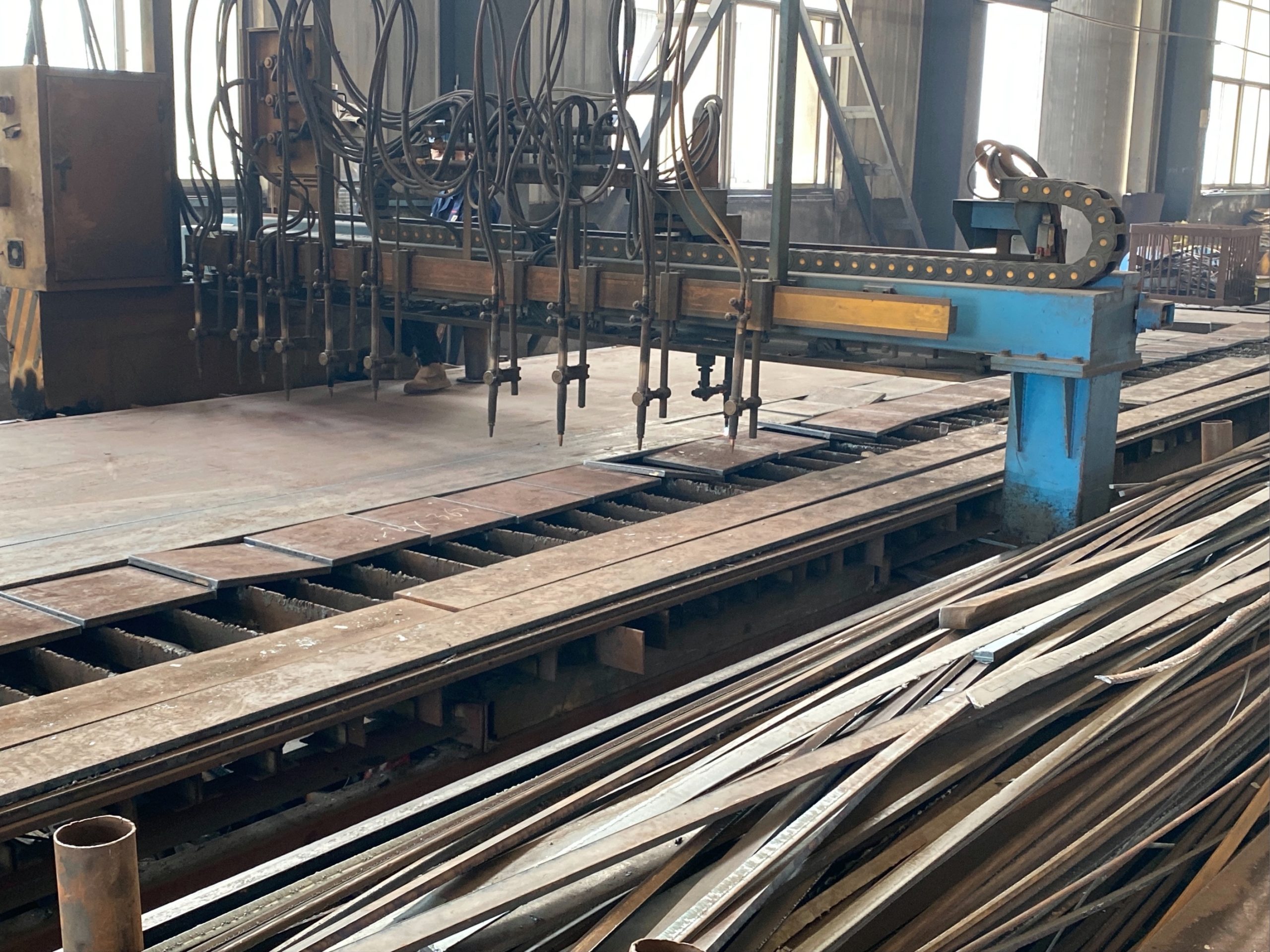
One of the key benefits of using sand blasting technology in steel frame production is its ability to remove rust, scale, and other contaminants from the surface of the steel, ensuring a clean and smooth finish. This not only improves the aesthetic appeal of the steel frames but also enhances their durability and longevity. In addition, sand blasting technology can also be used to create a rough surface texture, which improves the adhesion of coatings and paints, further enhancing the quality of the finished product.
Another advantage of sand blasting technology is its efficiency in terms of time and labor. Compared to traditional methods of surface preparation, such as manual grinding or chemical cleaning, sand blasting technology can significantly reduce the time and effort required to prepare steel frames for painting or coating. This not only speeds up the production process but also reduces labor costs, making it a cost-effective solution for steel frame manufacturers.
However, despite its numerous benefits, sand blasting technology also comes with its own set of costs. The initial investment in sand blasting equipment, such as blast cabinets, abrasive materials, and safety gear, can be significant. In addition, there are ongoing costs associated with maintenance, replacement of abrasive materials, and training of personnel to operate the equipment safely and effectively. These costs must be carefully evaluated to determine the overall economic feasibility of implementing sand blasting technology in steel frame production.
To conduct a cost and benefit evaluation of sand blasting technology, it is important to consider both the direct and indirect costs associated with its implementation. Direct costs include the initial investment in equipment and materials, as well as ongoing maintenance and operational costs. Indirect costs, on the other hand, may include the cost of downtime during equipment maintenance, training costs for personnel, and potential environmental and health risks associated with the use of abrasive materials.
In addition to costs, it is also important to consider the benefits of using sand blasting technology in steel frame production. These benefits may include improved product quality, increased efficiency, reduced labor costs, and enhanced durability of the finished product. By quantifying these benefits and comparing them to the costs, manufacturers can determine whether the implementation of sand blasting technology is economically viable for their operations.
In conclusion, the cost and benefit evaluation of sand blasting technology in steel frame production is essential to determine its economic feasibility. While the technology offers numerous benefits in terms of efficiency and quality, it also comes with its own set of costs that must be carefully evaluated. By conducting a thorough analysis of both costs and benefits, manufacturers can make informed decisions about whether to implement sand blasting technology in their operations.

